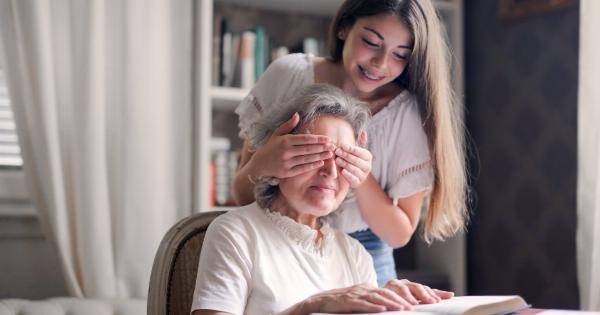One of the most debated topics when it comes to longevity is whether men or women live longer. Some might argue that women have an advantage due to biological factors such as hormone levels and genetics.
Others might believe that men have a better chance of living longer due to various social and lifestyle factors. So, who really lives the longest? Let’s dive into the real answer!.
The Biology Behind Longevity
When it comes to biological factors, women seem to have an advantage over men in terms of longevity. One significant contributing factor is the hormones.
Estrogen, a hormone found in higher levels in women, has been shown to have a positive impact on their cardiovascular health. It helps maintain healthy levels of cholesterol and blood pressure, reducing the risk of heart disease and stroke – two major causes of death.
Another aspect that plays a vital role is genetics. Women have two X chromosomes, whereas men have one X and one Y chromosome.
Some studies suggest that having two X chromosomes might help women better fight certain diseases and conditions, leading to a longer lifespan. Moreover, women generally have a higher percentage of body fat, which can act as energy reserves during times of illness or malnutrition.
The Impact of Lifestyle and Behavior
While biology sets the groundwork, lifestyle and behavior also play a crucial role in determining longevity. Various social and cultural factors can contribute to differences in life expectancy between men and women. For instance:.
1. Risky Behavior
Men, on average, tend to engage in riskier behavior compared to women. They are more likely to participate in dangerous sports, drive recklessly, and are often exposed to hazardous work environments.
Such behavior increases the risk of accidents, injuries, and premature death.
2. Occupational Factors
Historically, men have been more likely to engage in physically demanding and hazardous jobs. These occupations, often in construction, mining, or military service, may expose them to potential health risks, leading to a shorter lifespan.
Women, on the other hand, have been more inclined towards jobs that prioritize safety and require fewer physical strains.
3. Healthcare Utilization
Studies show that men are less likely to seek medical attention promptly and regularly compared to women. They often ignore symptoms, delay screenings, and are more hesitant to address their health concerns.
As a result, potential illnesses or conditions might go undetected and untreated, leading to more severe health issues and reduced life expectancy.
4. Social Support
Women tend to have larger and stronger social support networks compared to men. They often maintain closer relationships with friends and family, participate in community activities, and seek emotional support when needed.
These social connections and support systems contribute to better mental health and overall well-being, potentially impacting their longevity positively.
The Changing Landscape
While the above factors have historically influenced the longevity gap between men and women, the landscape is gradually changing. With improvements in gender equality and healthcare accessibility, the differences are slowly narrowing.
Nowadays, we witness more women actively participating in the workforce and taking on roles traditionally dominated by men. Conversely, more men are becoming aware of the importance of regular health check-ups and adopting healthier lifestyle choices.
These shifts have the potential to reduce the lifespan gap between men and women in the years to come.
Wrapping Up
In conclusion, while there are biological advantages that predispose women to potentially live longer, various lifestyle and behavioral factors contribute to the overall longevity gap.
Risky behavior, occupational hazards, healthcare utilization, and social support play significant roles in determining life expectancy.
However, it is important to acknowledge that the differences between men and women are gradually evolving.
With the increasing awareness of health and well-being, as well as changes in societal norms, future generations may witness a more balanced lifespan distribution between genders.






























